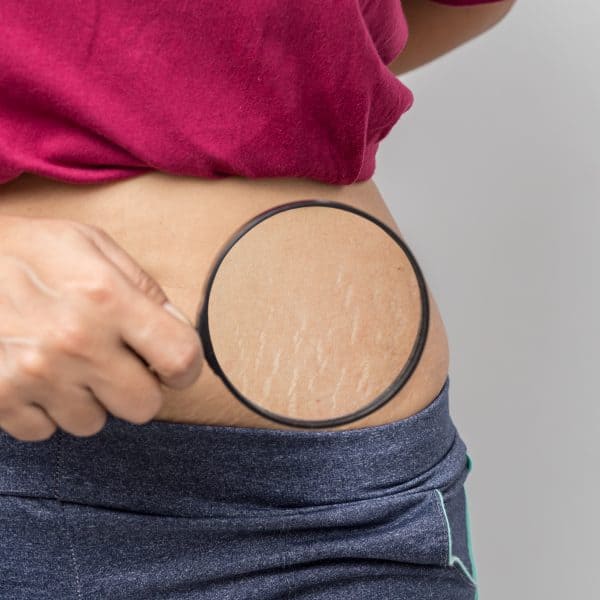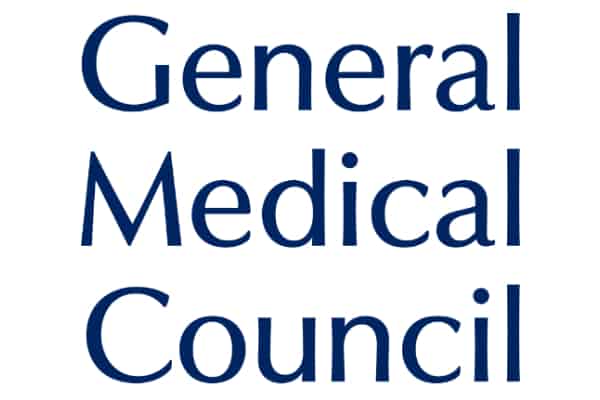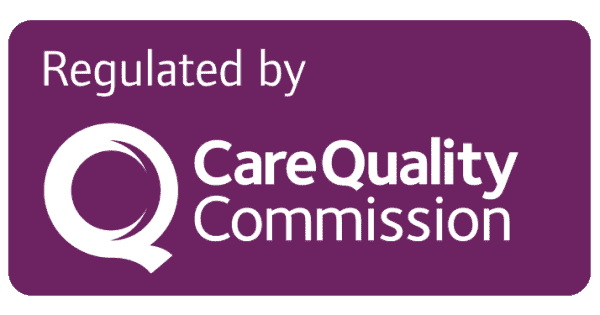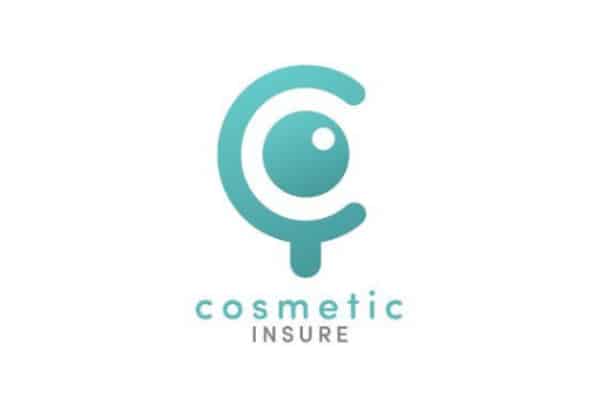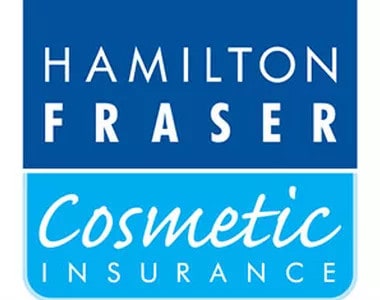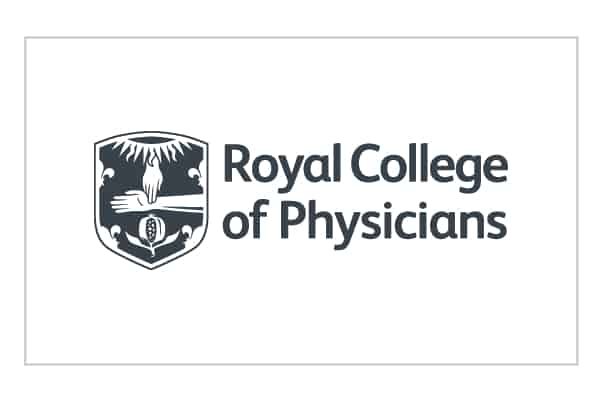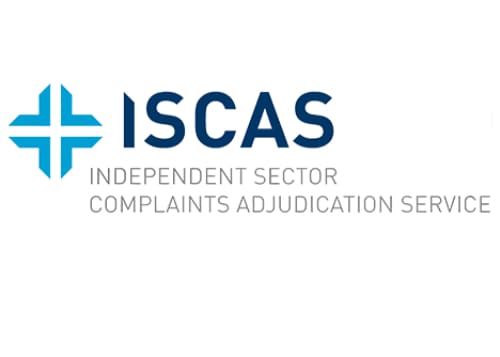Stretch marks are a type of scarring that develop when the skin is “pulled”, causing the elastin and collagen fibres to break. They can occur during puberty while the body is growing, or when there is a change in body weight. A change in exercise regimen can also be responsible, especially if you’re a keen weight-trainer. However, stretch marks are most commonly associated with pregnancy, and as many as 90 per cent of women are known to develop them while introducing a new baby into the family.
Stretch marks usually have a red or brownish tone to begin with, but they gradually fade to a silvery hue over time. The earlier you treat them, the more effective the treatments generally are. But regardless of what stage they’re at, we offer non-surgical treatments that can help alleviate their appearance.
Symptoms:
Stretch marks don’t all look alike. They vary depending on how long you’ve had them, what caused them, where they are on your body and the type of skin you have. Common variations include:
- Indented streaks or lines on the abdomen, breasts, hips, buttocks or other places on the body
- Pink, red, black, blue or purple streaks
- Bright streaks that fade to a lighter color
- Streaks covering large areas of the body


